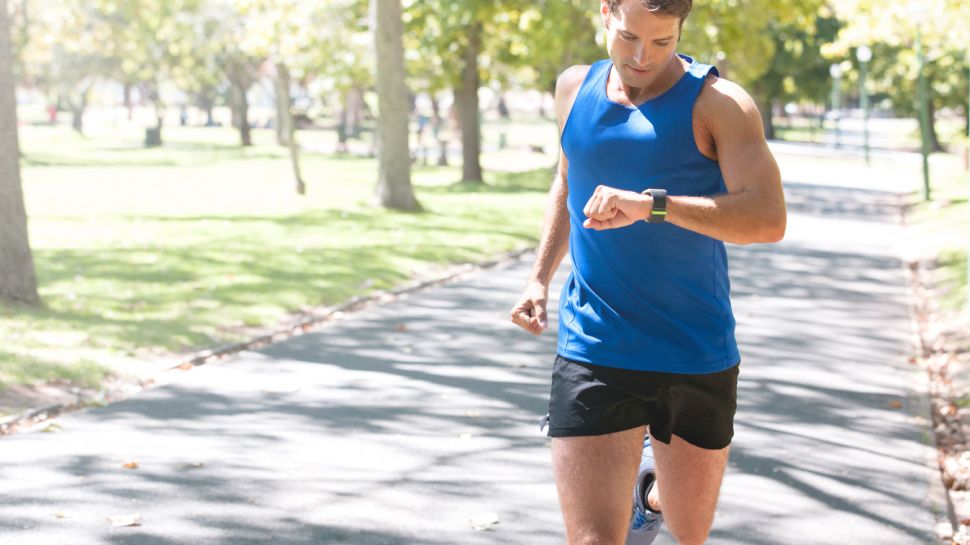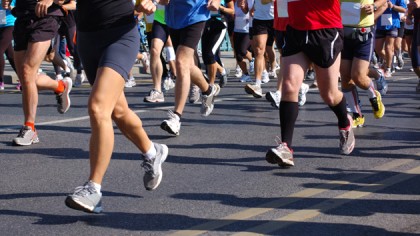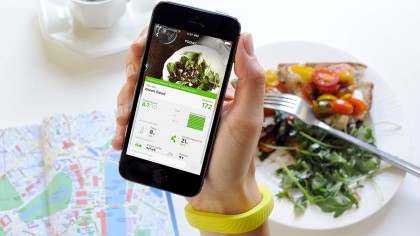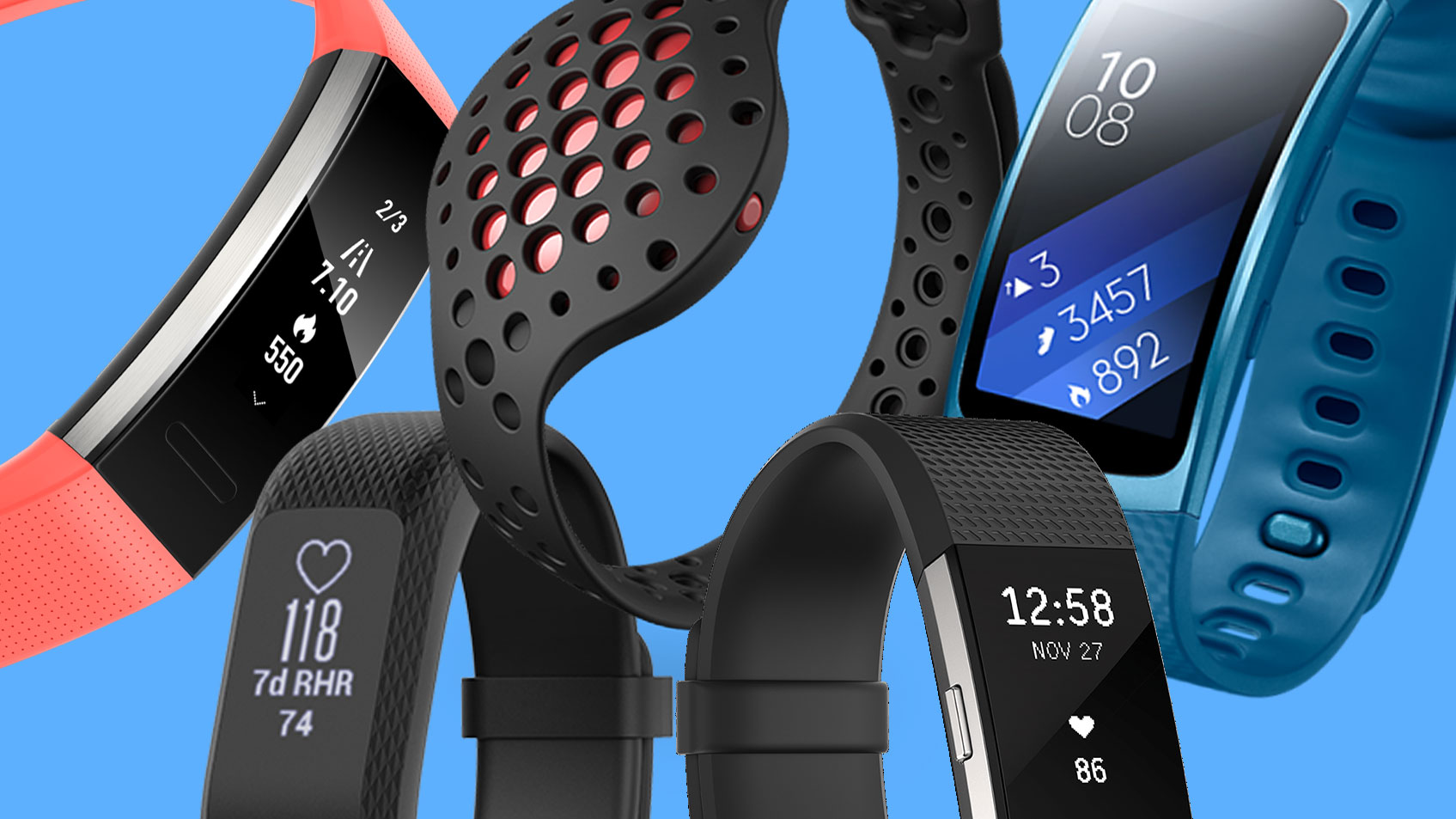7 tips to get the most from your fitness tracker

You've got a fitness tracker. You probably looked in our best fitness trackers list - or were more specific with the best Fitbit instead. Great! That's a big step towards a healthier lifestyle... well done. Have a moment where you pat yourself on the back (and then just pretend you were reaching to remove some fluff).
But whether you've bought it to make a concerted effort to get in better shape, or just monitor the activity you're already doing, a fitness tracker can help - and it's a lot cheaper than most gym memberships.
Here's the thing: to get the most out of it you'll want to do more than just strap a Fitbit Charge 3 or Honor Band 4 to your wrist and hope for the best - but don't worry, you don't have to do loads of annoying extra tasks just to actually use the thing.
From staying motivated, to using apps and not taking certain metrics too seriously we've come up with a list of top fitness band tips, to help ensure you're maximizing your activity and your tracker of choice is still a part of your daily life in six months, rather than gathering dust at the bottom of a drawer.
1. Set targets and build on them gradually

Monitoring how much you walk, run or cycle can help motivate you to do more in the short term, but to keep the momentum up it helps to set targets and slowly but surely build on them.
Seeing how much of your activity of choice you do over one day or one session and then aiming to beat it the next one is always a good place to start (and is the way the Workouts function works on Apple Watch). But build gradually rather than setting unrealistic goals, as that can lead to failure and constant failure is even more demotivating than having no targets at all.
Many fitness trackers have the ability to set targets and goals built into their software (Garmin has an excellent ability to dynamically alter your step count to keep you motivated), but if not there are plenty of third-party apps that can do that for you too.
Sign up for breaking news, reviews, opinion, top tech deals, and more.
2. Get competitive

Another way to stay motivated is to get competitive, or at least social. As with targets there's often a social side or even a whole community built into fitness tracker software, but if yours isn't cutting it there are apps, such as Strava, which have leaderboards that you can compete on, as well as allowing you to follow friends and comment on each other's activity.
Alternatively some will let you enter a leaderboard of steps achieved (Garmin, again, does this well and automatically pits you against similarly active people each week). So you can get the praise or push you need to not just wear your fitness tracker but actively put it to work.
3. Reward yourself

The sense of achievement after a hard workout coupled with the endorphins released can be their own reward, but it can help to find additional ways to reward yourself too.
You don't want to derail your efforts, so grabbing a takeaway after a 5K may not be the best idea, but you can treat yourself to other things, whether it's an hour on your games console or that stylish trilby you had your eye on.
It doesn't even matter if the reward is junk food - you'll need the odd cheat day here and there - but just make sure you decide what the rewards will be in advance, so you have something to work towards and you'll know that you've burnt enough calories to allow it should you go down the pudding route.
4. Log your food

Exercise is only one part of the fitness puzzle, to really achieve or maintain a healthy body you also need to watch what you eat, so you should try and log your food as well as your exercise.
Sadly, your tracker itself won't be able to automatically do this, but some of the accompanying apps that download with your purchase do give you the tools.
And if the software for your tracker doesn't you can download a third-party app, such as Calorie Counter from MyFitnessPal. This has a database of millions of foods, with nutritional information for all of them.
So just add what you eat and you can easily keep track of fat, calories and other nutritional intake. In the same way as tracking your activity makes you aware of how much you do and pushes you to do better, food logging pushes you to eat more healthily.
By the way, you don't need to be mega exact with this. Just putting in your best guess will give you a far better feeling for what you're eating than if you don't at all - and that's a huge weapon in your arsenal.
5. Don't trust calorie burn
While logging your intake of calories can be useful you shouldn't put quite as much weight on the amount of calories your tracker tells you you've burned.
Aside from the fact that calorie intake is only one part of fitness the bigger issue is that the numbers generated by trackers tend to be far from accurate, as they don't have the expensive sensors needed to accurately measure it.
In fact, a study from Iowa State University found that there's more than a 15% margin of error in most trackers.
If there's a built in heart rate monitor that can help, but those too aren't always that accurate. If you are counting your calories then if anything you should assume you've burned at least 15% fewer calories than the tracker claims, so don't worry if things aren't exact. Remember: broad strokes is fine.
6. Don't take it off

A fitness tracker is only useful if it's on your wrist, but it's easy to forget it when you leave the house, particularly if you're not used to wearing one, so try to wear it as much as possible. Many are water resistant so can be taken in the shower and only really need removing to charge.
When you do charge it either set a reminder on your phone to put it back on later or try and charge it at the same time every day – overnight, for example – so you get into a routine. You could even go for a fitness tracker with long battery life, such as the Withings Steel HR Sport that can last for over a month from a single charge.
Not only will that ensure you have it on for every workout but you'll also be getting activity data throughout the day, which can be useful for building a complete picture of your movement.
7. Every little bit helps

The great thing about having a fitness tracker on all day is that it can be a constant reminder to move more, but movement doesn't have to mean going for a run or a cycle. It feels like nothing, but trust us: even just getting up from your desk every now and again or taking the stairs rather than the elevator can play its part.
And don't get us started on the amount of data that shows the need to just move every hour or so.
They're small things, but do them every day and they'll add up to an impressively large whole. over time, your fitness band will have been tracking all that and will give you an immense picture that you couldn't see without something dedicated to track it.
Even if all you do one day is walk around a bit more than you would have otherwise that's something - and your fitness band is the perfect partner to do it with.
- Want to monitor your weight? Try our best smart scales guide
James is a freelance phones, tablets and wearables writer and sub-editor at TechRadar. He has a love for everything ‘smart’, from watches to lights, and can often be found arguing with AI assistants or drowning in the latest apps. James also contributes to 3G.co.uk, 4G.co.uk and 5G.co.uk and has written for T3, Digital Camera World, Clarity Media and others, with work on the web, in print and on TV.